All Hideo Kojima games in order of release
Hideo Kojima has had one of the biggest impacts on video games and how we play today. His games have consistently raised the bar to the point where people play Kojima games because of the man himself. So, let's take a look at every Hideo Kojima game since the very first. I'm only counting games that Kojima was heavily involved in, so his early collaborations or ports made without him don't make the cut. All of the games below are Kojima games in the same way that Tarantino movies are the ones directed by him. Hideo Kojima game release order Early Works 1987 - Metal Gear Image via Konami Released on the little-known MSX2 console, Metal Gear is the first game that Hideo Kojima had complete control over, with him serving as director, lead designer, and writer. Metal Gear changed the face of the stealth genre and put it on the path to where it is today. Although Metal Gear was later released for the Famicom (NES), that version contained extra levels and changes not overseen by Kojima. Kicking off the iconic Metal Gear series, this groundbreaking title introduced us to the legendary Solid Snake—an unforgettable hero who would go on to define the franchise. The story follows the classic tale as Snake embarks on a high-stakes solo mission to take down the infamous bipedal tank, Metal Gear. 1988 - Snatcher Image via Konami Snatcher is Kojima’s take on the cyberpunk genre, drawing influence from genre-definers like Blade Runner and Akira. It’s a visual novel/graphic adventure game in a similar style to modern games like Phoenix Wright. The player-controlled character, Gillian Seed, hunts for human-looking robots called Snatchers that have taken the place of humans. I did say it’s similar to Blade Runner. The game was originally a Japan exclusive on the PC-8801 and MSX2 in 1988 before coming to the PC-Engine in 1992, the US/Europe on the Sega CD in 1994, and the PlayStation and Sega Saturn in Japan in 1996. Despite its positive reception, it hasn't received a modern re-release. 1990 - Metal Gear 2: Solid Snake Image via Konami The Kojima sequel to Metal Gear wasn’t the first sequel to the original game. Konami had tasked other developers with creating a sequel, Snake's Revenge, for the US and Europe. Rumor has it that Kojima wasn't aware a sequel was being made. After discovering the game was in development, he took over production of the sequel with Metal Gear 2: Solid Snake, which was initially only released in Japan. The two sequels were released within months of each other, albeit not in the same countries. Solid Snake steps back into the spotlight in this sequel, but this time, the mission's even more intense—he must take down the formidable Metal Gear D. The stakes are higher, and the game's central base of operations, along with its memorable cast of characters, sets the stage for future entries in the franchise. Among them is the iconic Frank Jaeger, a key figure whose impact will resonate throughout the series. 1994 - Policenauts Image via Konami Another graphic adventure game that Kojima first got the idea for while developing Snatcher, Policenauts is a grounded sci-fi police story set in the far-off years of 2013 and 2040 as humanity creates human colonies in space. The game was way ahead of its time in terms of storytelling in video games, which has always been one of Kojima's top areas of innovation. Franchise Highlights 1998 - Metal Gear Solid Image via Konami There was an eight-year gap between Metal Gear 2: Solid Snake and the release of Metal Gear Solid, and Western audiences had to wait a mighty 11 years for another Metal Gear game from Kojima. But it was worth the wait. The first 3D game in the series, Metal Gear Solid, set the standard for every MGS game that was released after it. Pick MGS if you have to choose one game to show the jump in graphics from the SNES generation to the PlayStation. MGS is where the stealth gameplay formula and storytelling that the franchise is now known for started to take shape. While it still follows the age-old tradition of Solid Snake's grand mission to take down yet another Metal Gear, it ramps everything up with heart-pounding boss fights, deep emotional character arcs, and plot twists that will leave you breathless. 2001 - Metal Gear Solid 2: Sons of Liberty Image via Konami One of the highest-rated PS2 exclusive games on Metacritic, Metal Gear Solid 2: Sons of Liberty, was an all-around masterpiece of its time. Sons of Liberty successfully built on the groundwork of Metal Gear Solid as a technical showcase. However, the game is perhaps best remembered for its surprise protagonist switch that divided fans. Although the game starts with Solid Snake as the playable character during the prologue, it then switches to Raiden, in his debut, for the rest of the game. Kojima even went as far as having Solid Snake appear in trailers and promotional materials pre-release to trick players and keep the playable c
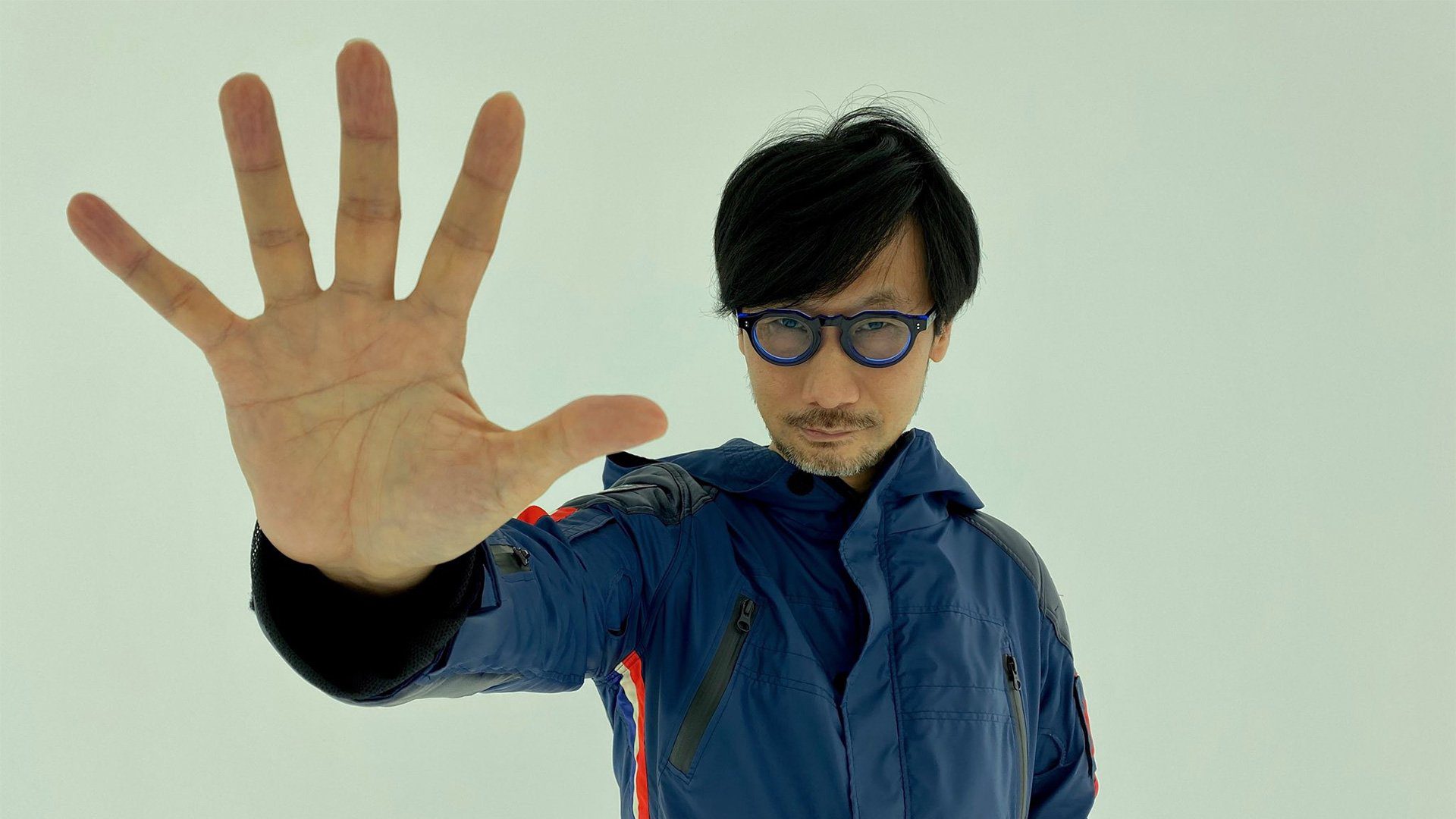

Hideo Kojima has had one of the biggest impacts on video games and how we play today. His games have consistently raised the bar to the point where people play Kojima games because of the man himself. So, let's take a look at every Hideo Kojima game since the very first.
I'm only counting games that Kojima was heavily involved in, so his early collaborations or ports made without him don't make the cut. All of the games below are Kojima games in the same way that Tarantino movies are the ones directed by him.
Hideo Kojima game release order
Early Works
1987 - Metal Gear

Released on the little-known MSX2 console, Metal Gear is the first game that Hideo Kojima had complete control over, with him serving as director, lead designer, and writer. Metal Gear changed the face of the stealth genre and put it on the path to where it is today. Although Metal Gear was later released for the Famicom (NES), that version contained extra levels and changes not overseen by Kojima.
Kicking off the iconic Metal Gear series, this groundbreaking title introduced us to the legendary Solid Snake—an unforgettable hero who would go on to define the franchise. The story follows the classic tale as Snake embarks on a high-stakes solo mission to take down the infamous bipedal tank, Metal Gear.
1988 - Snatcher
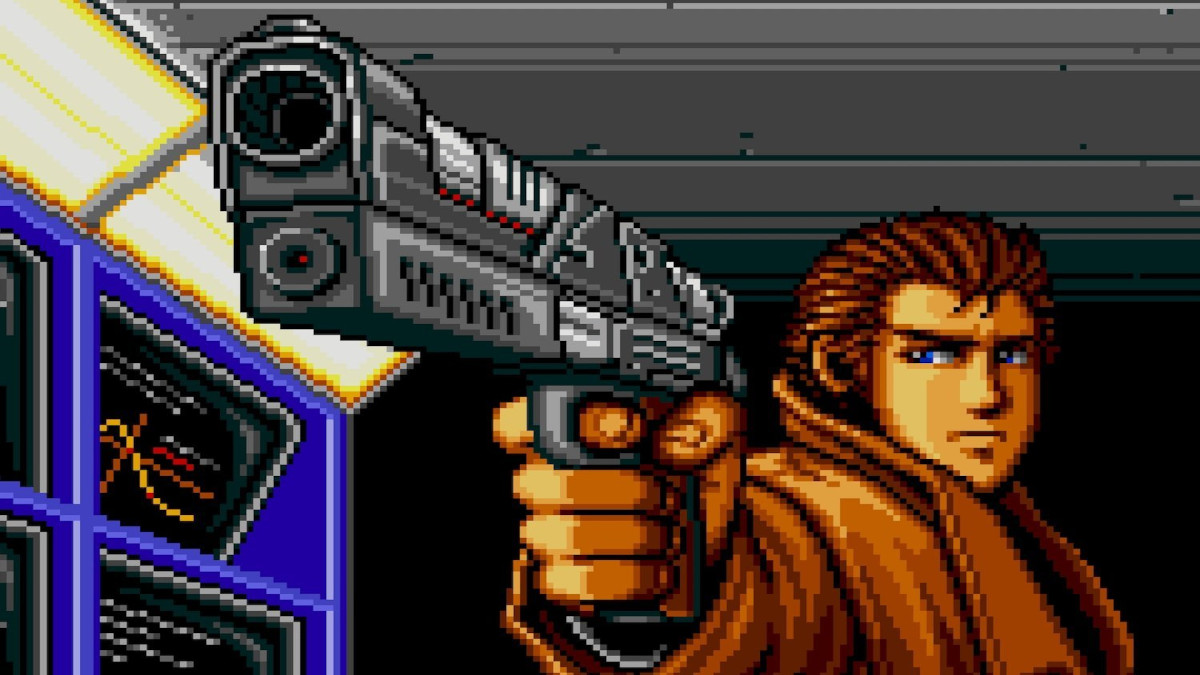
Snatcher is Kojima’s take on the cyberpunk genre, drawing influence from genre-definers like Blade Runner and Akira. It’s a visual novel/graphic adventure game in a similar style to modern games like Phoenix Wright. The player-controlled character, Gillian Seed, hunts for human-looking robots called Snatchers that have taken the place of humans. I did say it’s similar to Blade Runner.
The game was originally a Japan exclusive on the PC-8801 and MSX2 in 1988 before coming to the PC-Engine in 1992, the US/Europe on the Sega CD in 1994, and the PlayStation and Sega Saturn in Japan in 1996. Despite its positive reception, it hasn't received a modern re-release.
1990 - Metal Gear 2: Solid Snake
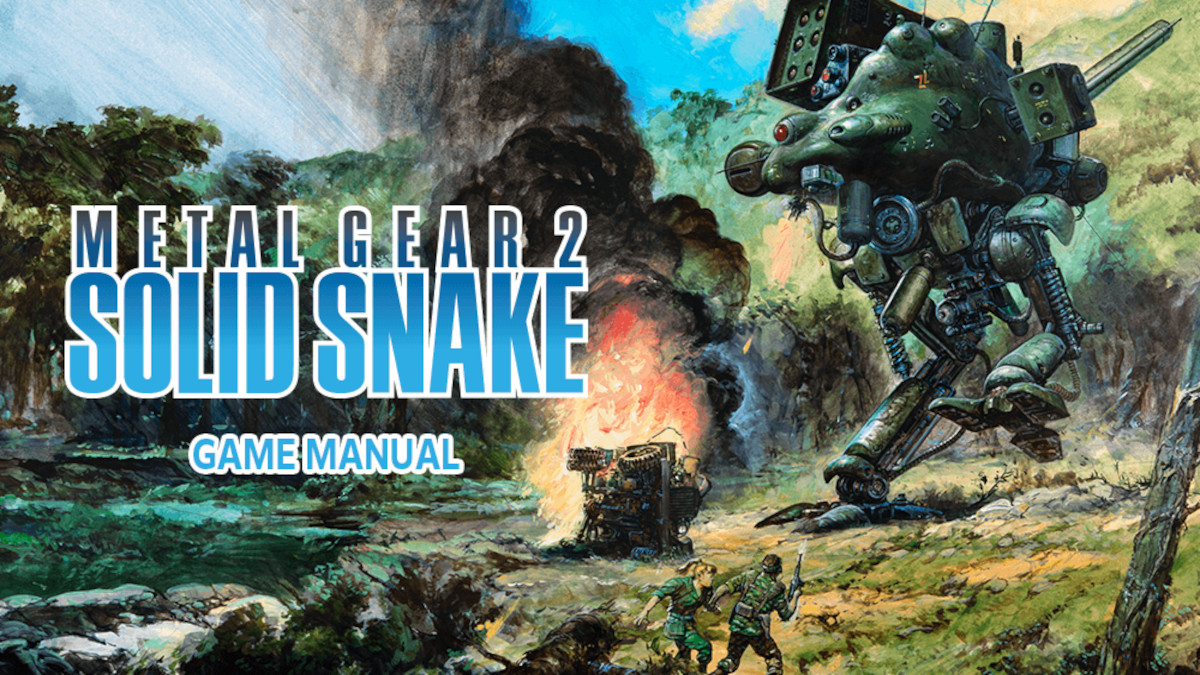
The Kojima sequel to Metal Gear wasn’t the first sequel to the original game. Konami had tasked other developers with creating a sequel, Snake's Revenge, for the US and Europe. Rumor has it that Kojima wasn't aware a sequel was being made. After discovering the game was in development, he took over production of the sequel with Metal Gear 2: Solid Snake, which was initially only released in Japan. The two sequels were released within months of each other, albeit not in the same countries.
Solid Snake steps back into the spotlight in this sequel, but this time, the mission's even more intense—he must take down the formidable Metal Gear D. The stakes are higher, and the game's central base of operations, along with its memorable cast of characters, sets the stage for future entries in the franchise. Among them is the iconic Frank Jaeger, a key figure whose impact will resonate throughout the series.
1994 - Policenauts
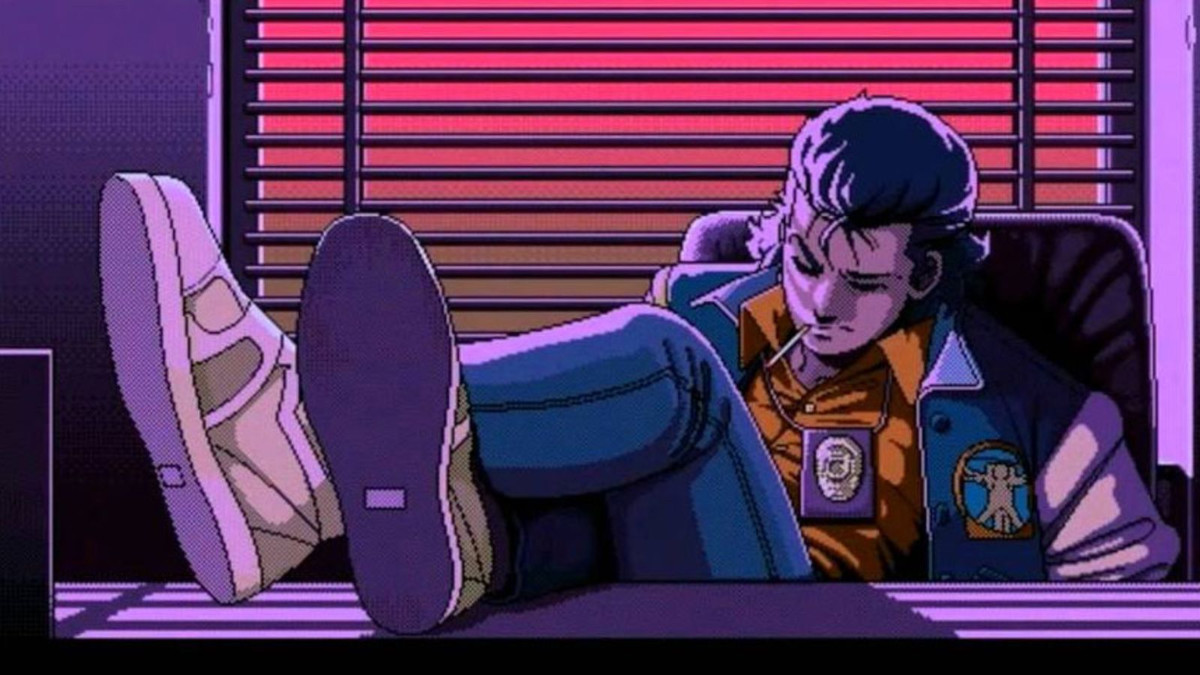
Another graphic adventure game that Kojima first got the idea for while developing Snatcher, Policenauts is a grounded sci-fi police story set in the far-off years of 2013 and 2040 as humanity creates human colonies in space. The game was way ahead of its time in terms of storytelling in video games, which has always been one of Kojima's top areas of innovation.
Franchise Highlights
1998 - Metal Gear Solid
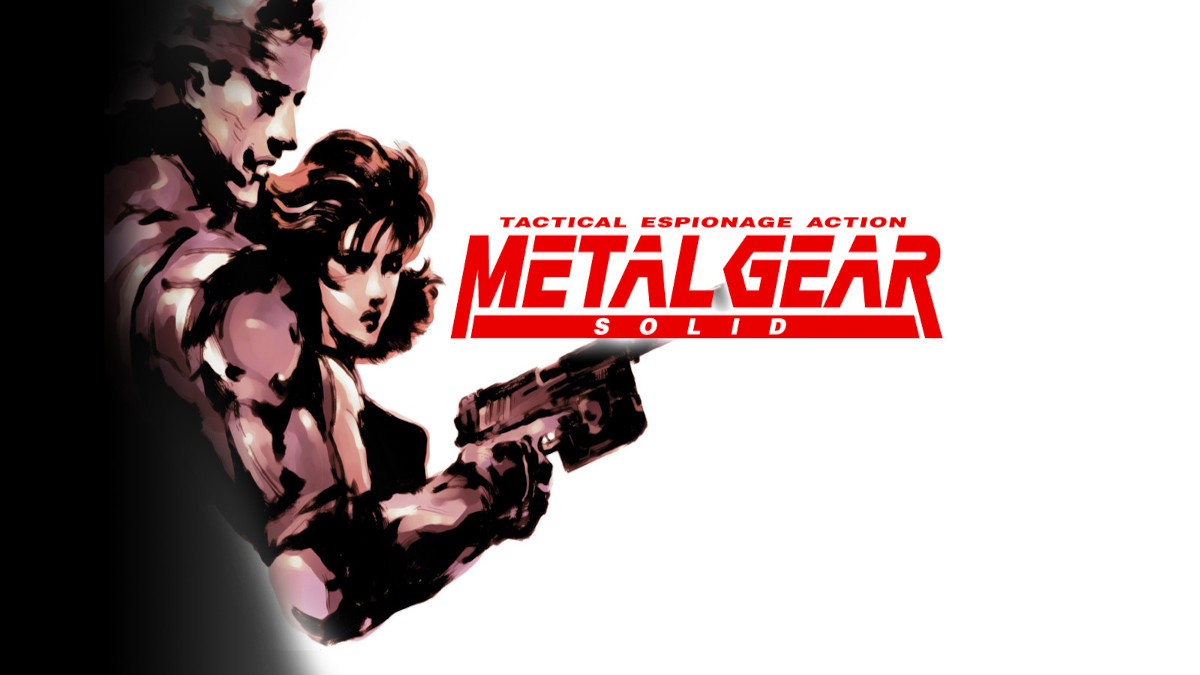
There was an eight-year gap between Metal Gear 2: Solid Snake and the release of Metal Gear Solid, and Western audiences had to wait a mighty 11 years for another Metal Gear game from Kojima. But it was worth the wait.
The first 3D game in the series, Metal Gear Solid, set the standard for every MGS game that was released after it. Pick MGS if you have to choose one game to show the jump in graphics from the SNES generation to the PlayStation. MGS is where the stealth gameplay formula and storytelling that the franchise is now known for started to take shape. While it still follows the age-old tradition of Solid Snake's grand mission to take down yet another Metal Gear, it ramps everything up with heart-pounding boss fights, deep emotional character arcs, and plot twists that will leave you breathless.
2001 - Metal Gear Solid 2: Sons of Liberty

One of the highest-rated PS2 exclusive games on Metacritic, Metal Gear Solid 2: Sons of Liberty, was an all-around masterpiece of its time. Sons of Liberty successfully built on the groundwork of Metal Gear Solid as a technical showcase.
However, the game is perhaps best remembered for its surprise protagonist switch that divided fans. Although the game starts with Solid Snake as the playable character during the prologue, it then switches to Raiden, in his debut, for the rest of the game. Kojima even went as far as having Solid Snake appear in trailers and promotional materials pre-release to trick players and keep the playable character change a surprise. It isn’t easy to imagine a game on the scale of MGS2 getting away with that today.
2003 - Boktai: The Sun is in Your Hand
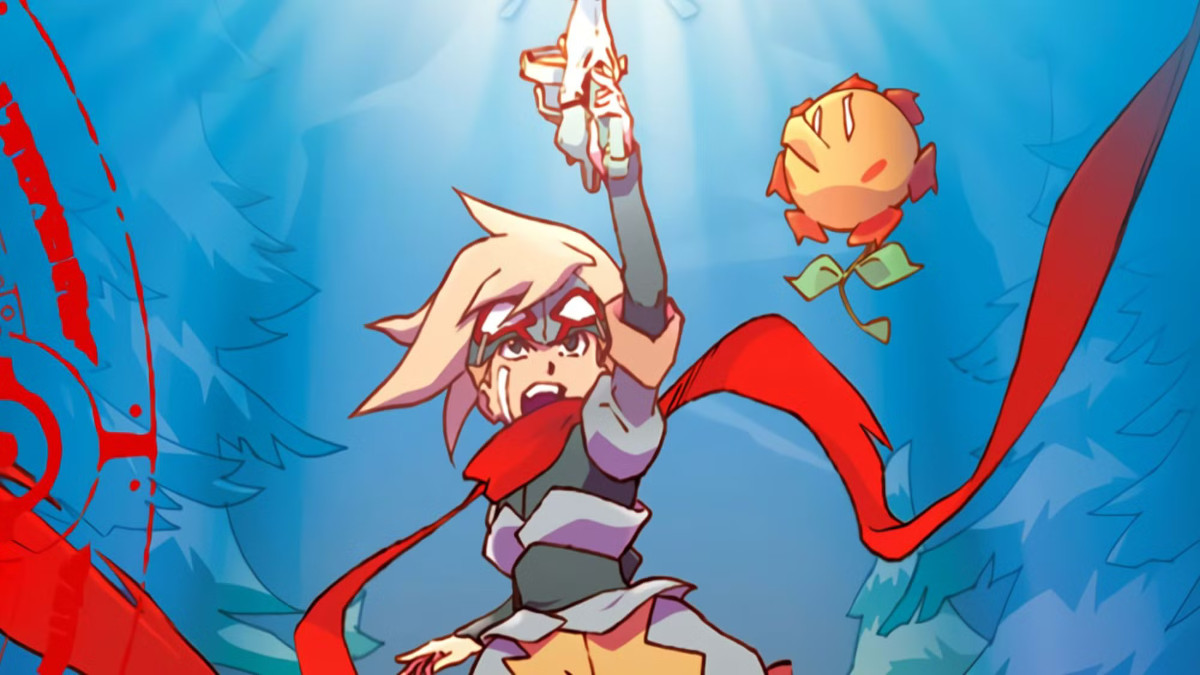
What do you make after creating one of the best games ever? A family-friendly Game Boy Advance title that requires players to use the sun to charge their virtual weapons. Classic Kojima.
While it has a simple-looking outer layer, Boktai: The Sun is in Your Hand is unique even by today’s standards. The game asks players to set their time zone to accurately display, in-game, where the sun is in real time. The Sun is in Your Hand's cartridge offers a light sensor that reacts to the sun and charges your weapons. If you run out of charge and it’s night, you'll have to avoid enemies and get to a Solar Station to charge them. That’s impressive for a Game Boy Advance game.
2004 - Metal Gear Solid 3: Snake Eater
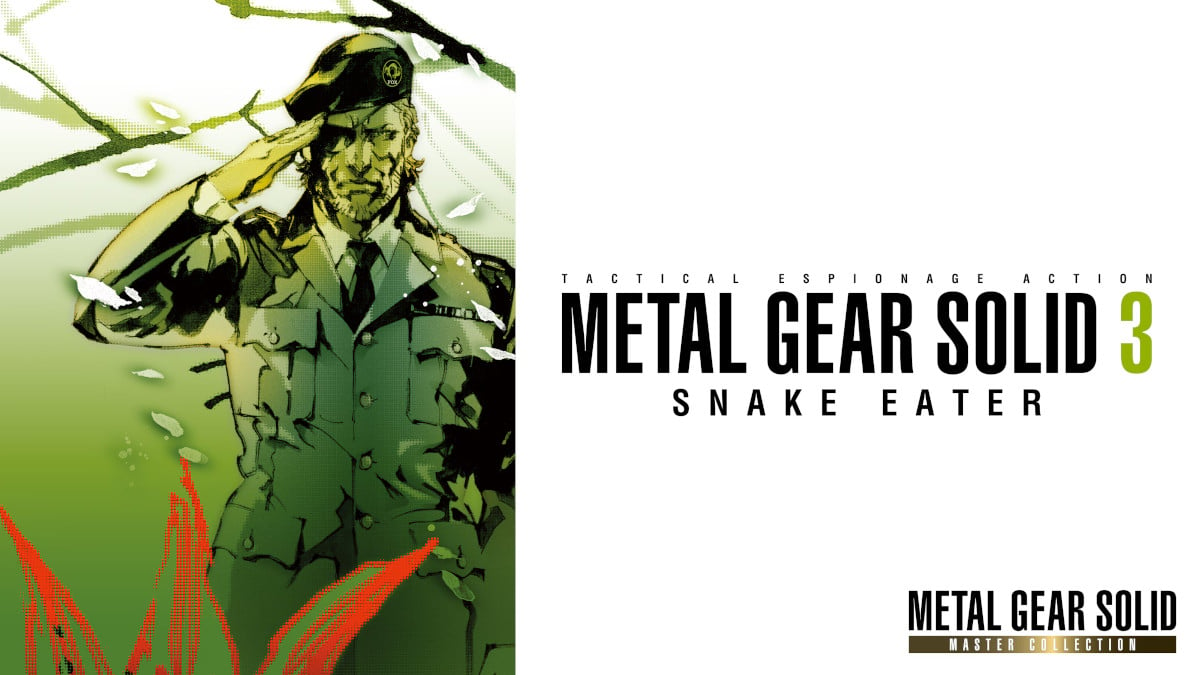
Chronologically, the earliest game in the Metal Gear Solid franchise, Metal Gear Solid 3: Snake Eater, had much to live up to following Sons of Liberty, and boy, did it. Snake Eater went back to the Cold War era of the 1960s to tell the story of Big Boss, aka Naked Snake (not Solid, this time). Although, like Sons of Liberty and Raiden, Kojima was coy about this crucial fact pre-release.
The jungle setting significantly changed from prior games and allowed players more freedom. The idea with Snake Eater was for players to work their way to the enemy base from a remote starting point. This was paired with a more intricate health system that demands players keep a close eye on Snake's well-being—monitoring his health, energy, and even specific injuries like broken legs that directly impact gameplay. It was designed to immerse you fully in the battlefield, where every detail matters. The game doesn't just make you feel like you're playing a soldier; it makes you live it.
One area of Snake Eater that received criticism at the time was the camouflage system, which assigned a percentage number to the player’s visibility. 100% camouflage means you’re essentially invisible, and the number scales down to 0%, i.e., visible. Players have to match their camo pattern and other elements to the surroundings as they’re playing to manage stealth. It was an interesting idea but not wholly appreciated at the time.
The fan favorite is getting the remake treatment with Metal Gear Solid Delta: Snake Eater, announced for current-gen consoles in May 2023. It’ll be interesting to see what, if anything, is done with the camo system in that game.
2008 - Metal Gear Solid 4: Guns of the Patriots

Originally, Kojima wanted to retire from directing the Metal Gear Solid series after Snake Eater, but just when he thought he was out, the fans pulled him back in. It was worth it, too. Metal Gear Solid 4 was released two years into the PlayStation 3’s life cycle, and it immediately set a high watermark for other games to beat as, to this day, it is in the top 15 highest-rated PS3 exclusives on Metacritic.
Guns of the Patriots is a love letter to series fans, with cutscenes that serve as the conclusion to many of the series' long-running plot threads. Heck, the epilogue clocks in at over an hour. Since the game is the conclusion to Solid Snake’s story, it’s not exactly surprising. Gameplay-wise, MGS4 builds on Snake Eater by introducing OctoCamo and the Psyche system. The OctoCamo, as the name suggests, changes dynamically to match the player’s surroundings, like an octopus.
Meanwhile, the Psyche meter brings a battlefield psychology aspect to the game. Like the various health aspects in Snake Eater that had to be managed, you'll have to keep track of the Psyche meter by reducing Snake’s stressors. These could include being hunted and killing too many enemies. Using non-lethal methods on enemies reduces the meter, and if it gets too full, Snake can have trouble aiming or pass out.
In many ways, Metal Gear Solid 4 was ahead of its time, but unfortunately, the only way to play the game is to jump back into the past and dust off a PS3. Hopefully, the following Master Collection will bring it back to make it easier to play.
2010 - Metal Gear Solid: Peace Walker
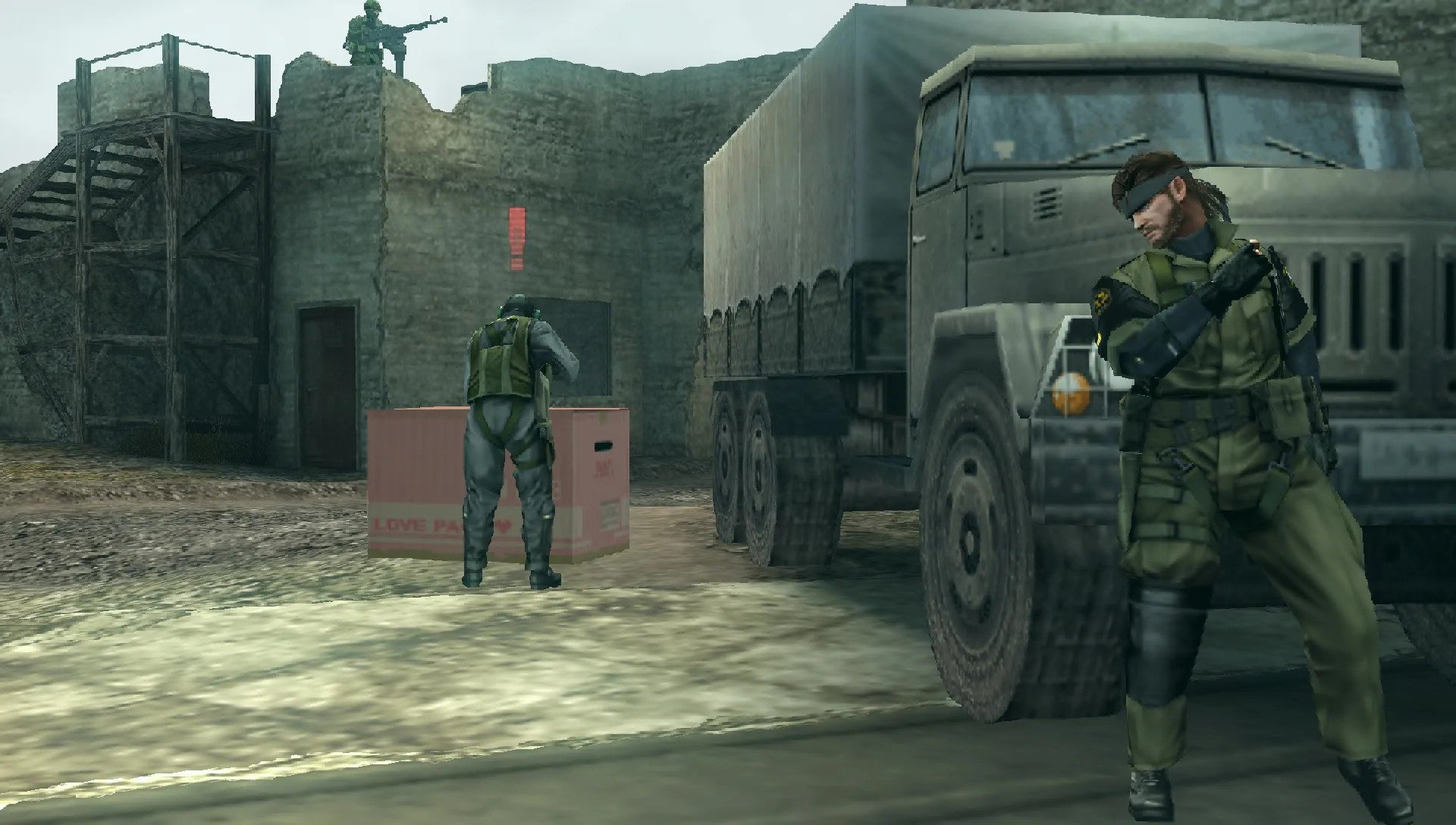
Metal Gear Solid: Peace Walker wasn’t the first portable Metal Gear game, but it was the first and only portable Metal Gear game to be classed as a Hideo Kojima game. The man directed, designed, co-wrote, and produced the game, putting it on the same level as the other numbered entries in the series.
Peace Walker is a real Metal Gear Solid game in every sense, and it made the PSP shine. It’s a direct sequel to Snake Eater and continues the Big Boss story, which makes it the mid-game within the Snake Eater, Peace Walker, and The Phantom Pain storyline. Luckily, the Metal Gear Solid HD Collection for PS3 and Xbox 360 later included the game for home console fans.
2014 - Metal Gear Solid V: Ground Zeroes
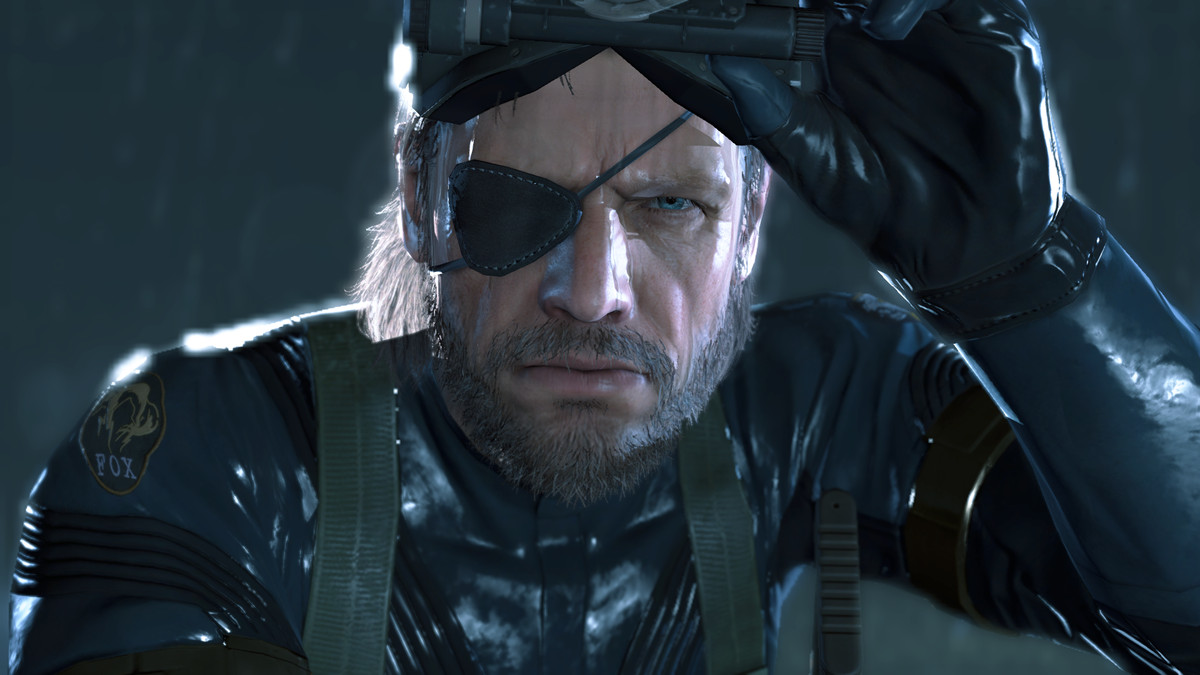
Ground Zeroes is a prologue to Metal Gear Solid V: The Phantom Pain, released the year after. Prologue is also the right word for it; completing the main story in just a couple of hours is possible. Despite its short length, the game showed off much of what would come in The Phantom Pain. Today, Ground Zeroes can often be found bundled with the fifth entry to get the complete Metal Gear Solid V experience in one package.
2014 - P.T.
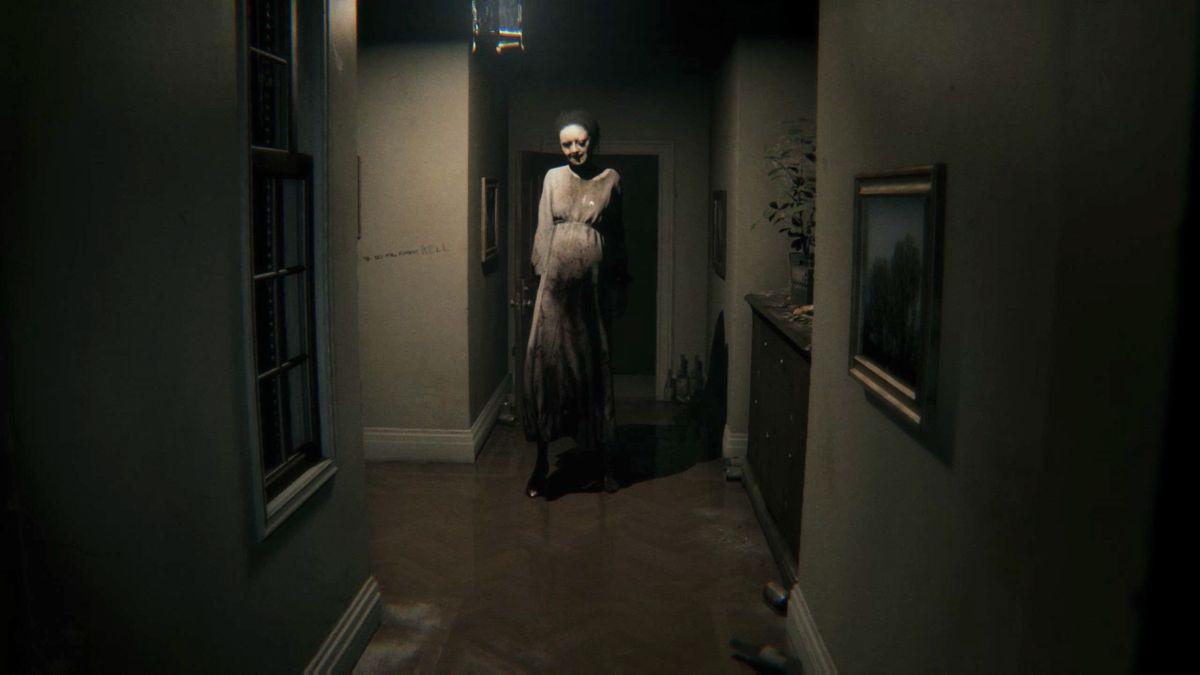
The one that never was, P.T., was released as a teaser for an upcoming but later canceled Silent Hill game from Hideo Kojima and Guillermo del Toro. It makes the list because P.T. was a full, albeit short, at 1.5 hours, game. It’s widely regarded as one of the best horror games ever, but, unfortunately, it was removed from the PlayStation Store in 2015. Konami also made the infamous move to make it so that the game could never be re-downloaded. That means the only way to play the game is by buying a PS4 with it already installed.
2015 - Metal Gear Solid V: The Phantom Pain
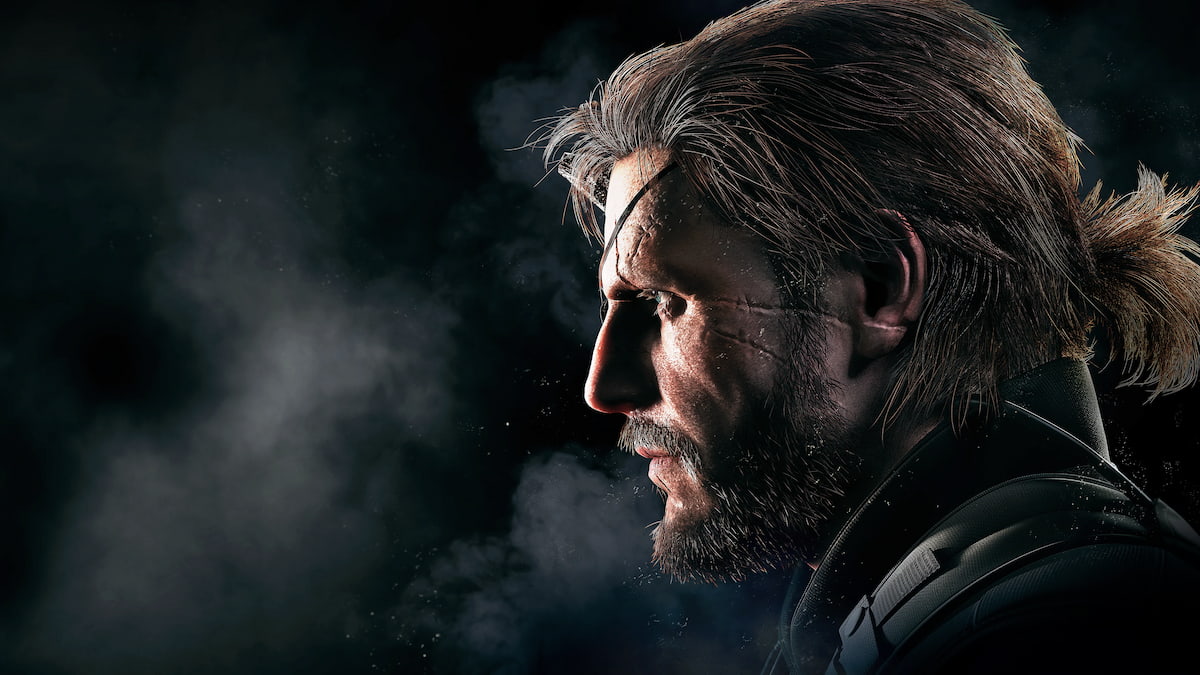
For those who enjoyed Ground Zeroes, The Phantom Pain couldn’t come soon enough. The game introduced an open world to the series for the first time, and unlike other franchises that tend to slap an open world into a game, The Phantom Pain did it magnificently. It offered players countless ways to approach missions as Big Boss, truly enhancing the experience of playing as a stealth operative.
The rift between Konami and Kojima Productions left a notable scar on The Phantom Pain, but it remains a fitting send-off to one of the greatest gaming franchises ever. The long-time partnership came to a bitter end after the release of The Phantom Pain, and it was so acrimonious that Kojima was barred from attending The Game Awards, where MGS V won Best Action/Adventure game.
2019 - Death Stranding
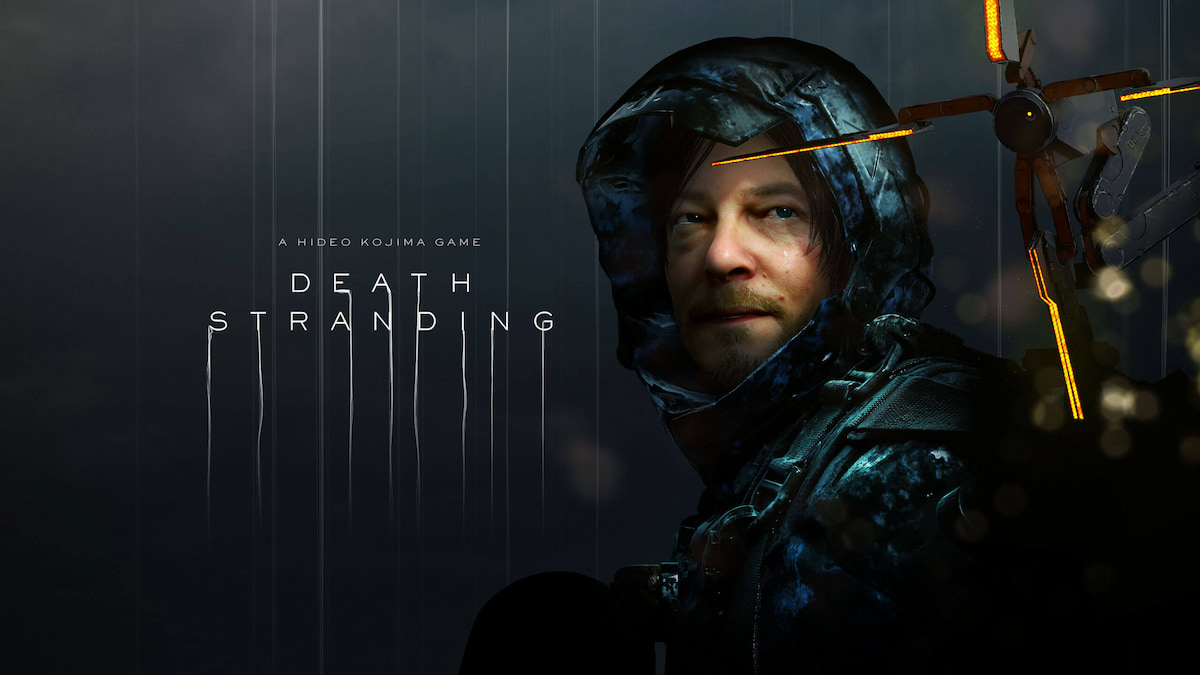
Death Stranding is the first Hideo Kojima game to be made after he left Konami and the first game from the now-independent Kojima Productions. The game has a kind of love-it-or-hate-it flavor about it, but those who love it really love it.
One of the reasons it's so divisive is its slower, more methodical pacing compared to other Kojima titles. You'll often find yourself traversing long, treacherous paths as Sam Porter Bridges, delivering packages across a fractured world. At times, the journey feels almost serene as you lose yourself in the mesmerizing landscapes of your extended treks. But just as often, it transforms into a nightmare filled with suspense, tension, and lurking dangers.
It might not be for everyone, but Death Stranding, as Kojima’s first post-Metal Gear Solid title, is a fresh experience and the fourth of his games to receive the coveted 40/40 score from Famitsu. No wonder it’s being made into a film.
2025 - Death Stranding 2: On the Beach
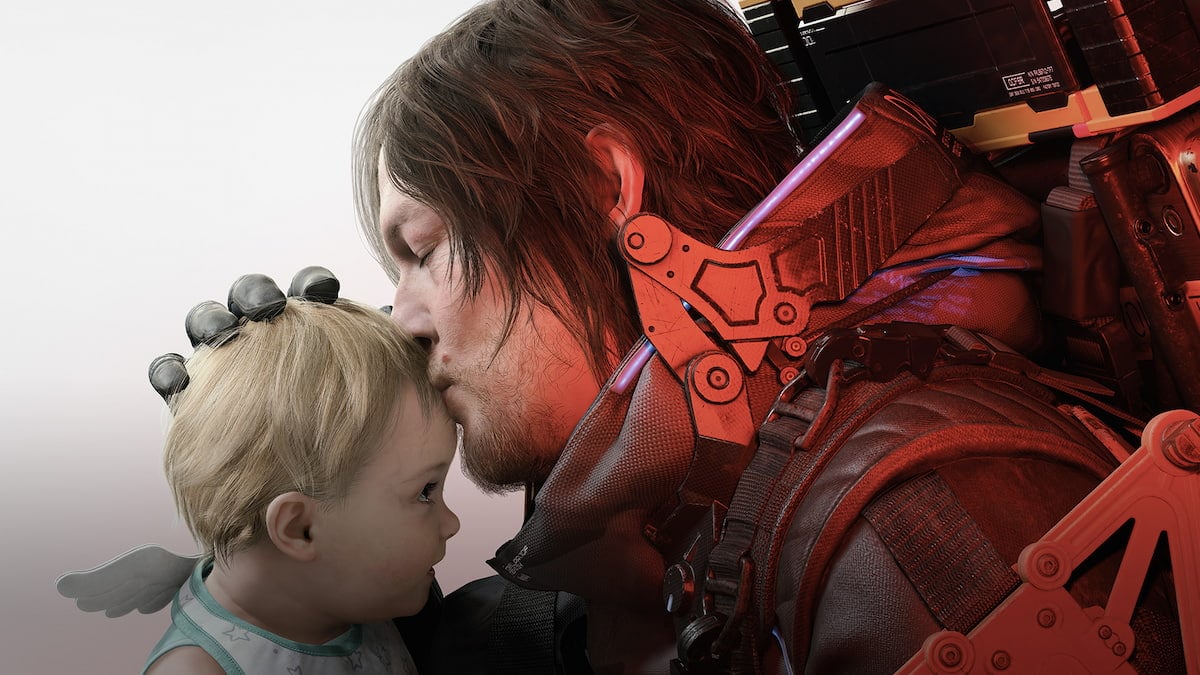
Death Stranding 2 is the next highly anticipated game in Hideo Kojima’s lineup, set to release on June 26, 2025. Sam Porter Bridges returns for this sequel with a new mission to save humanity from the edge of extinction. As expected from Kojima, the trailers have been anything but ordinary, featuring everything from a talking puppet to an enemy wielding an electrifying guitar. Honestly, I’d be more shocked if the trailer wasn’t weird.
Like its predecessor, Death Stranding 2 promises to unravel even more layers of the game’s deep lore. The Social Strand gameplay will also return, connecting players’ journeys in ways that affect the world around them.
The post All Hideo Kojima games in order of release appeared first on Destructoid.






































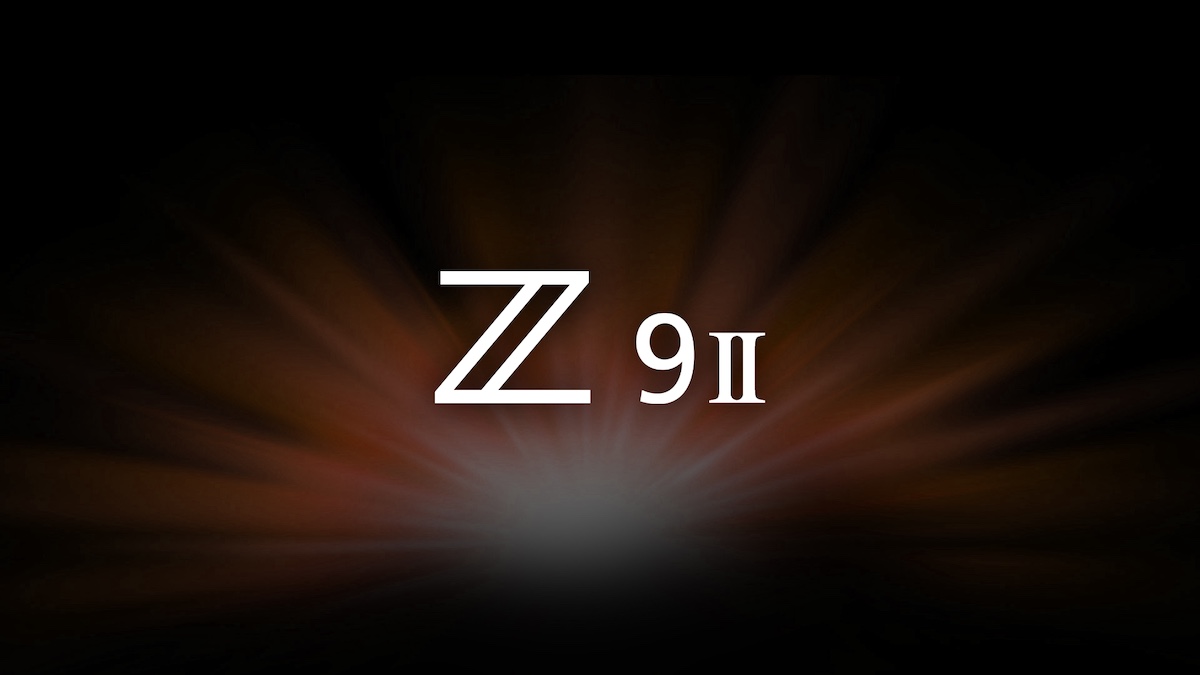
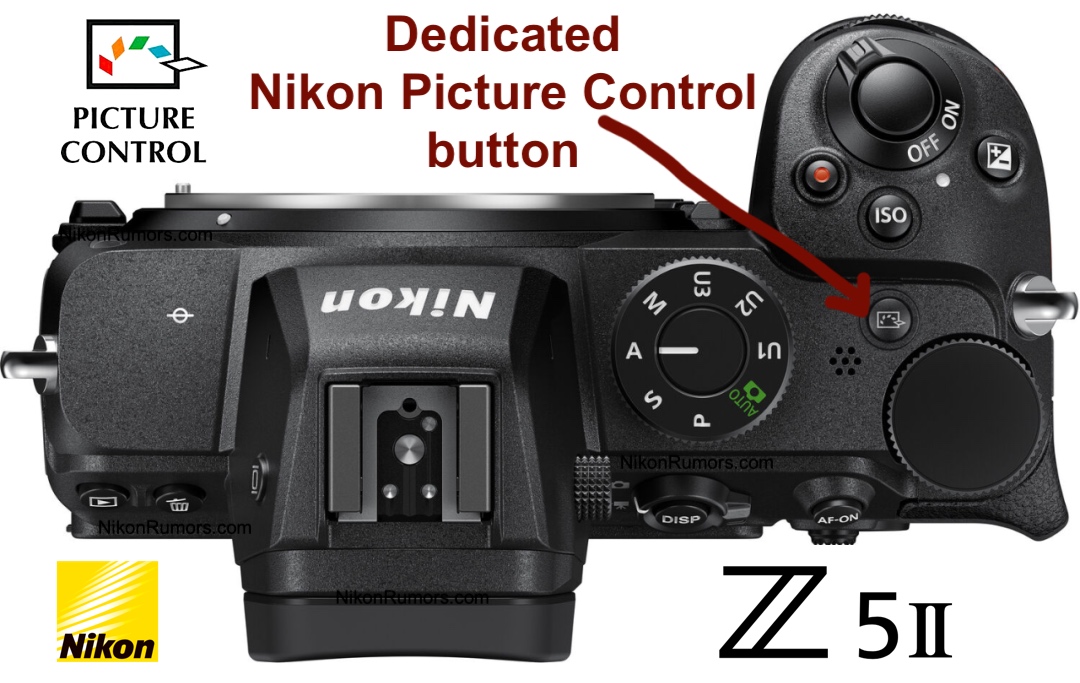










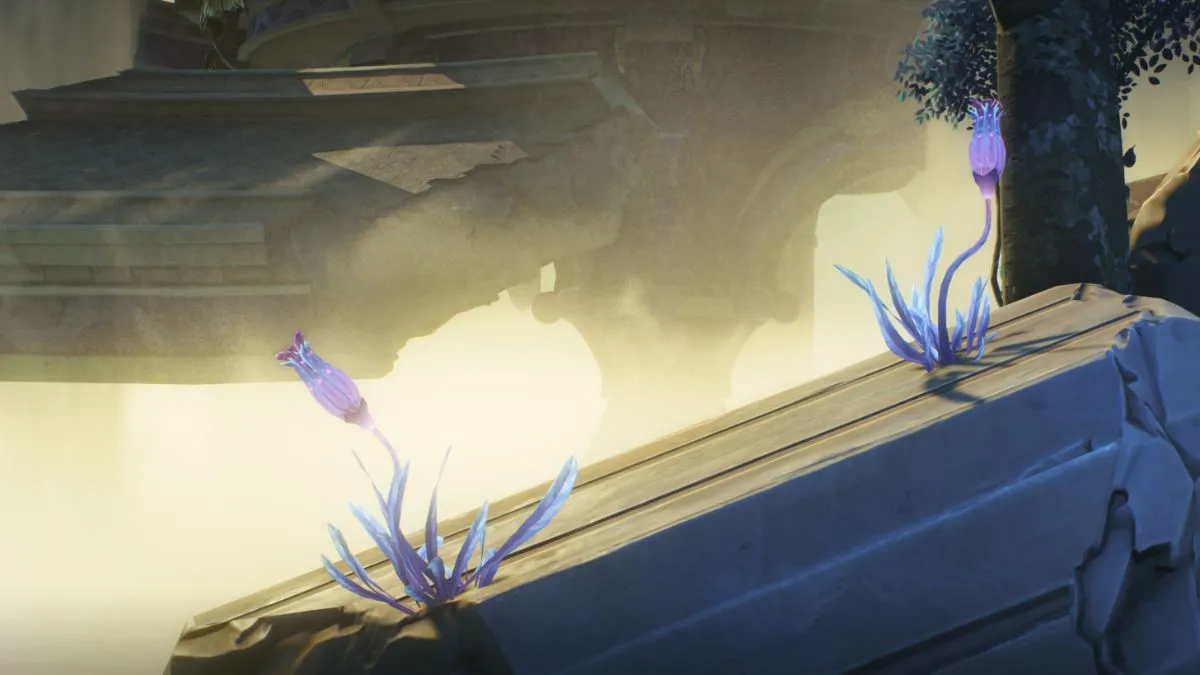
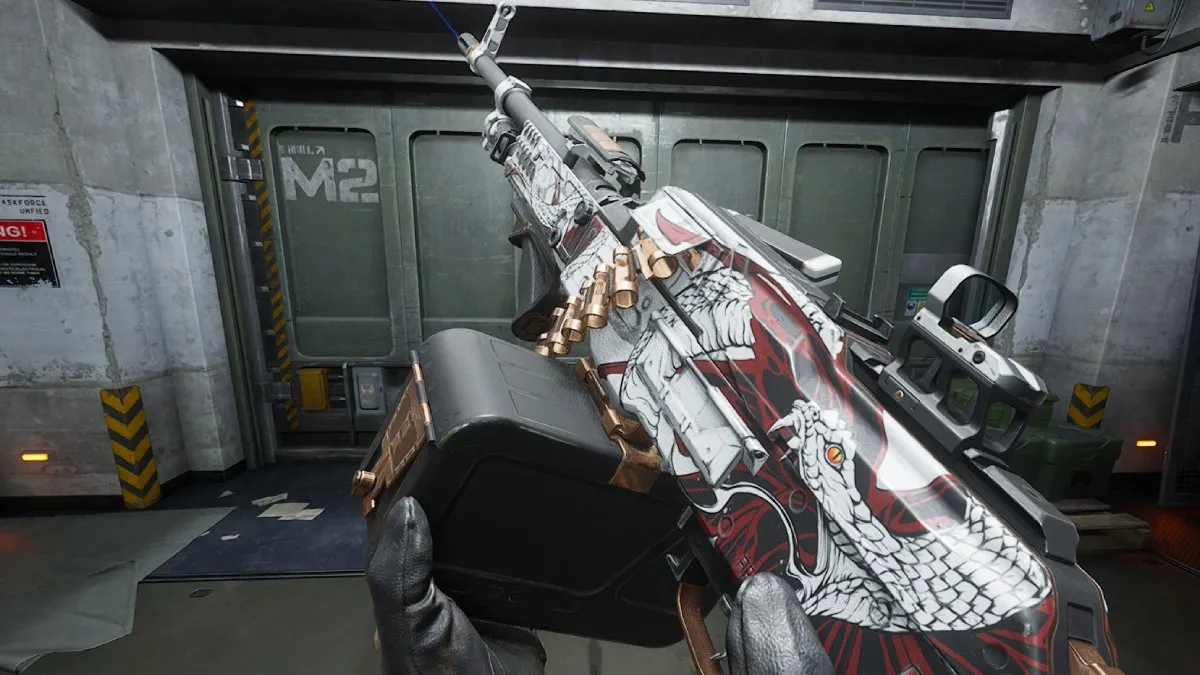
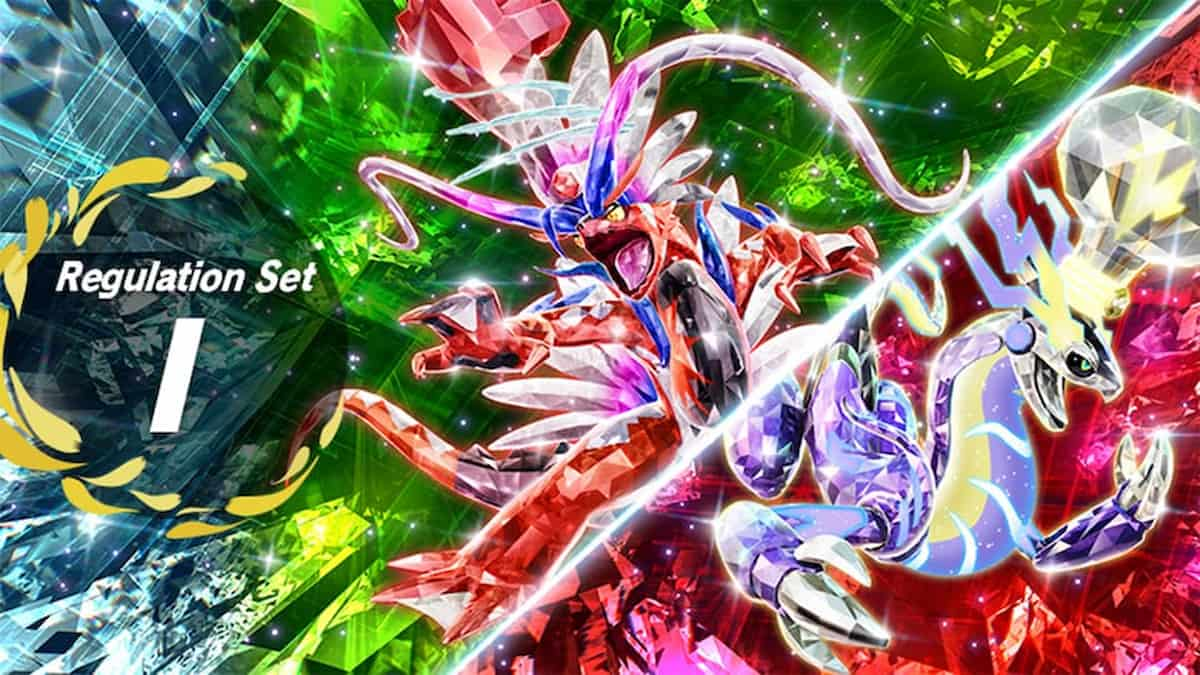
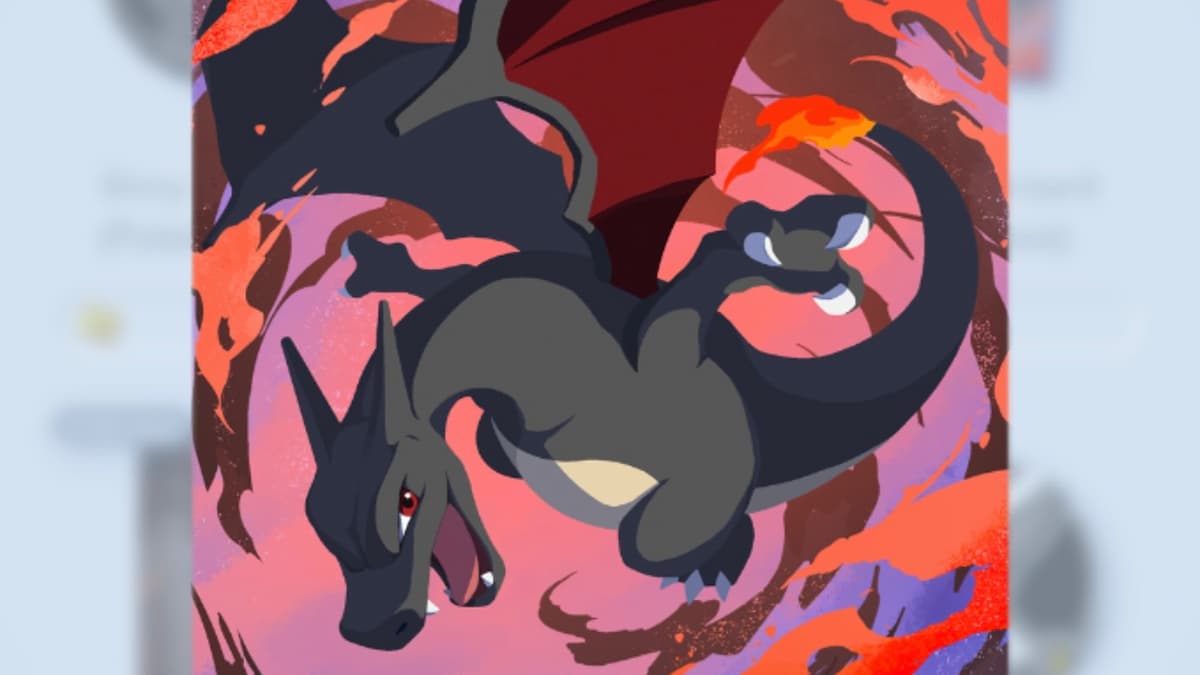

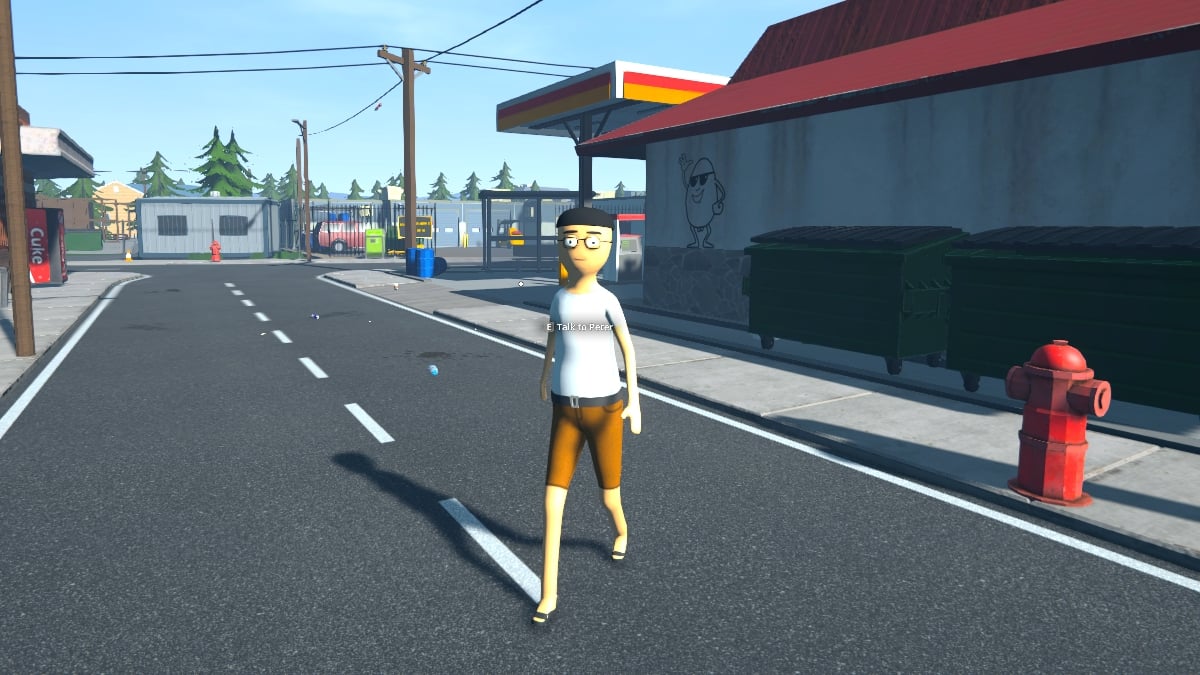
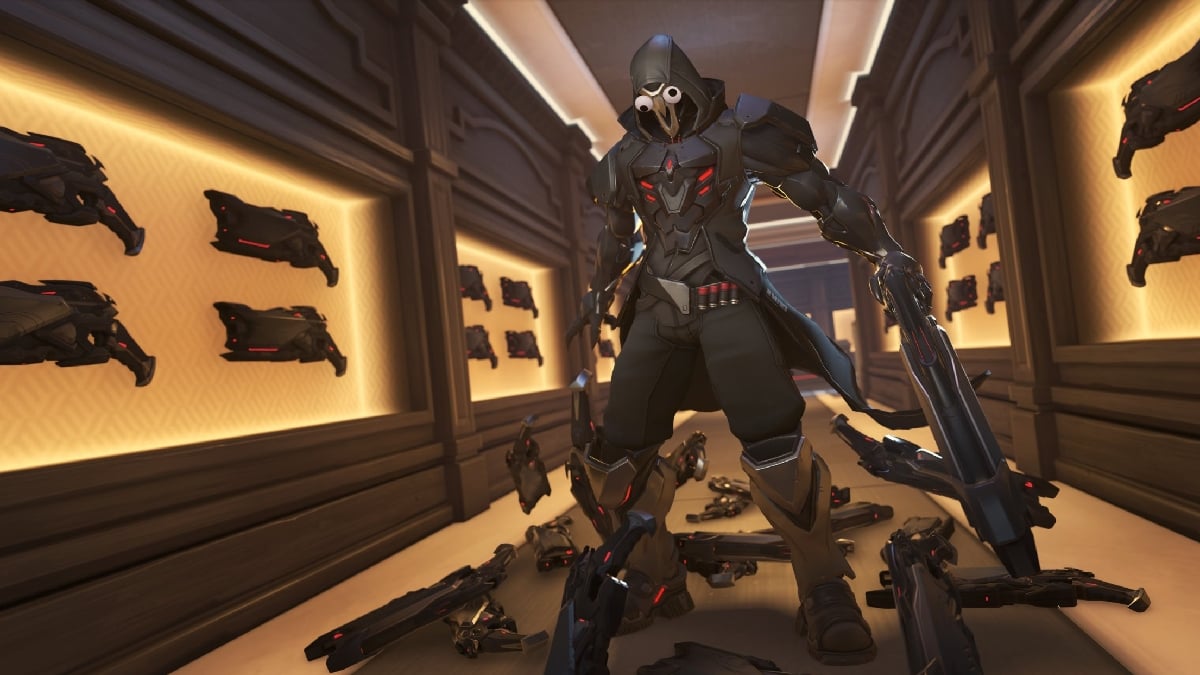
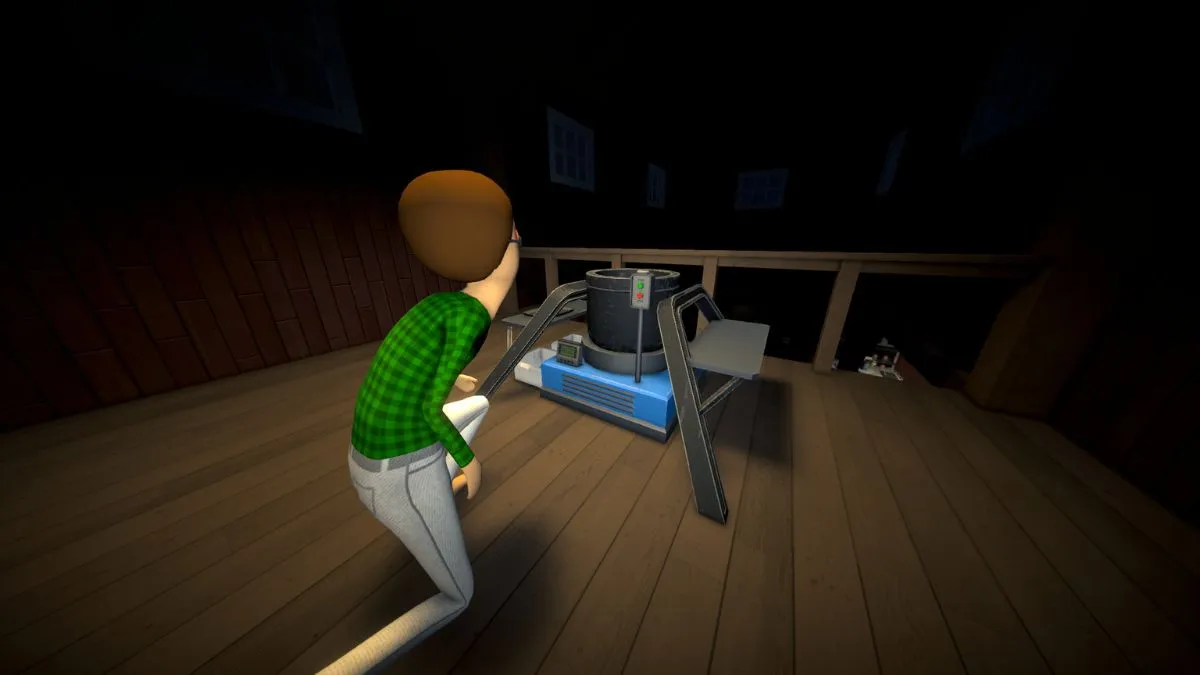


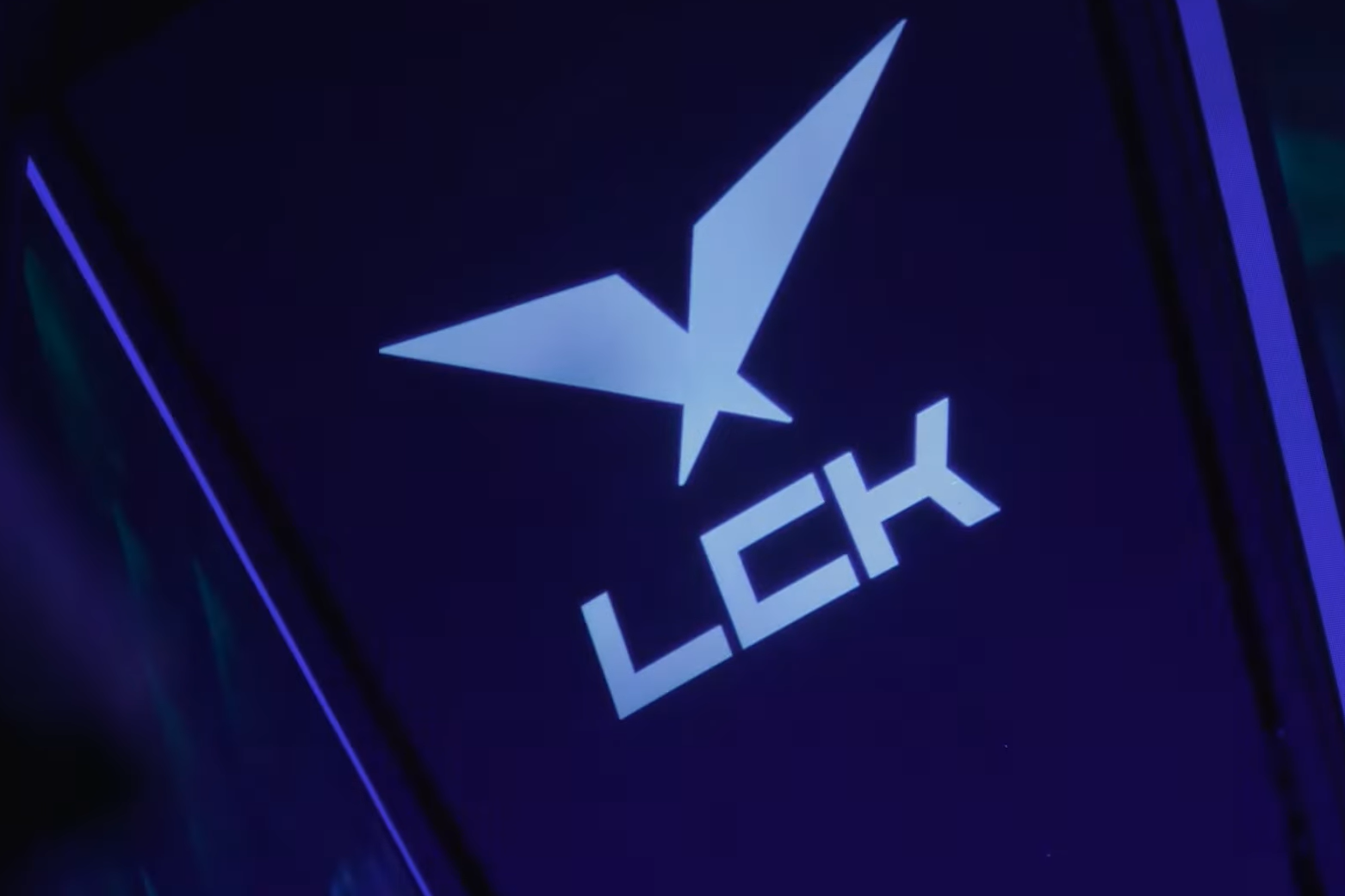

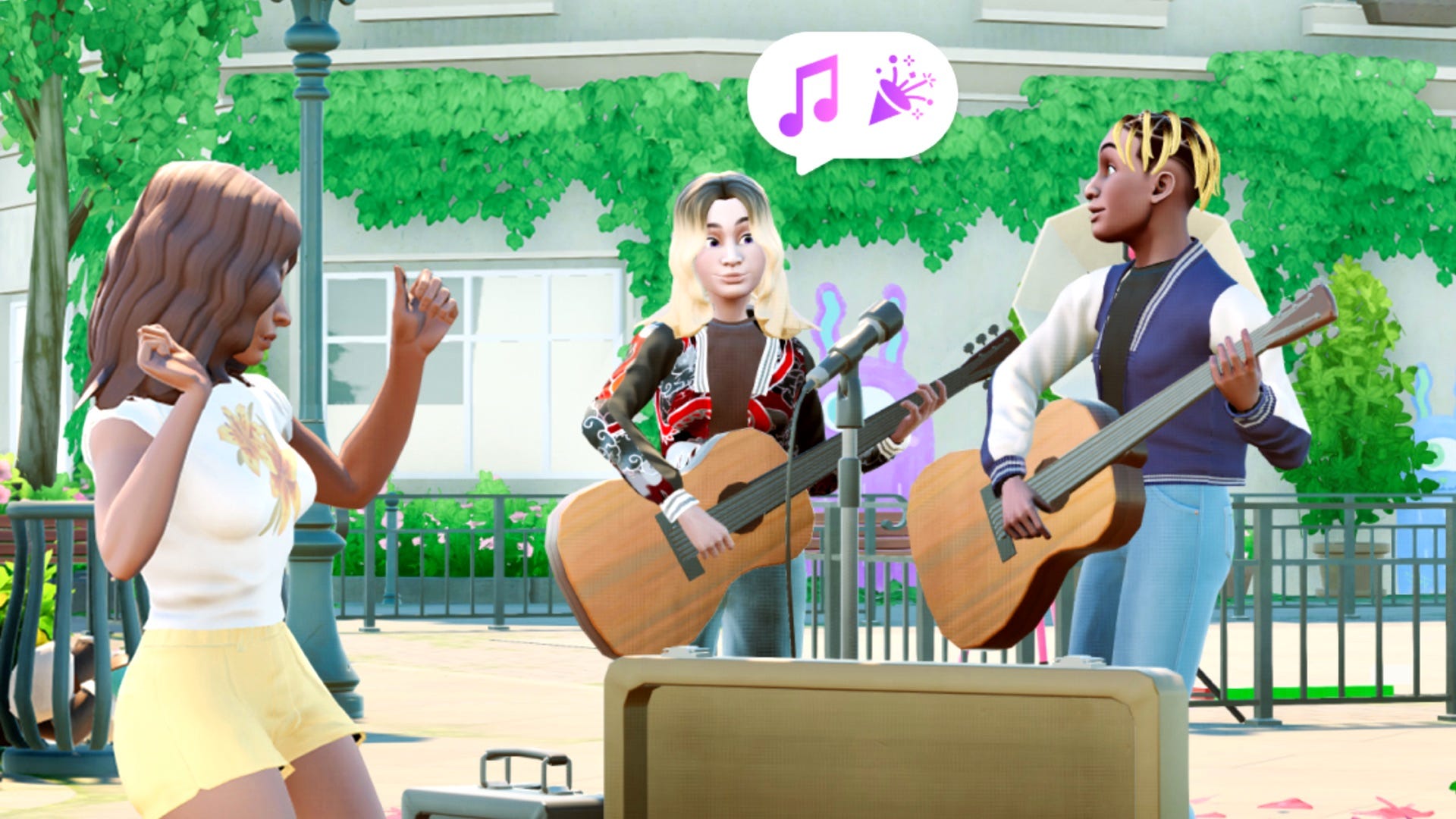

![Spirit CEO: "[m0NESY] is an incredible player and I’d love to work with him, but right now we have someone just as good"](https://img-cdn.hltv.org/gallerypicture/wMemh1NUMeyhdnS2OiK0MQ.jpg?auto=compress&ixlib=java-2.1.0&m=/m.png&mw=107&mx=20&my=473&q=75&w=800&s=8cac8af50bb8fc83d0314e59a6cb6f2f#)













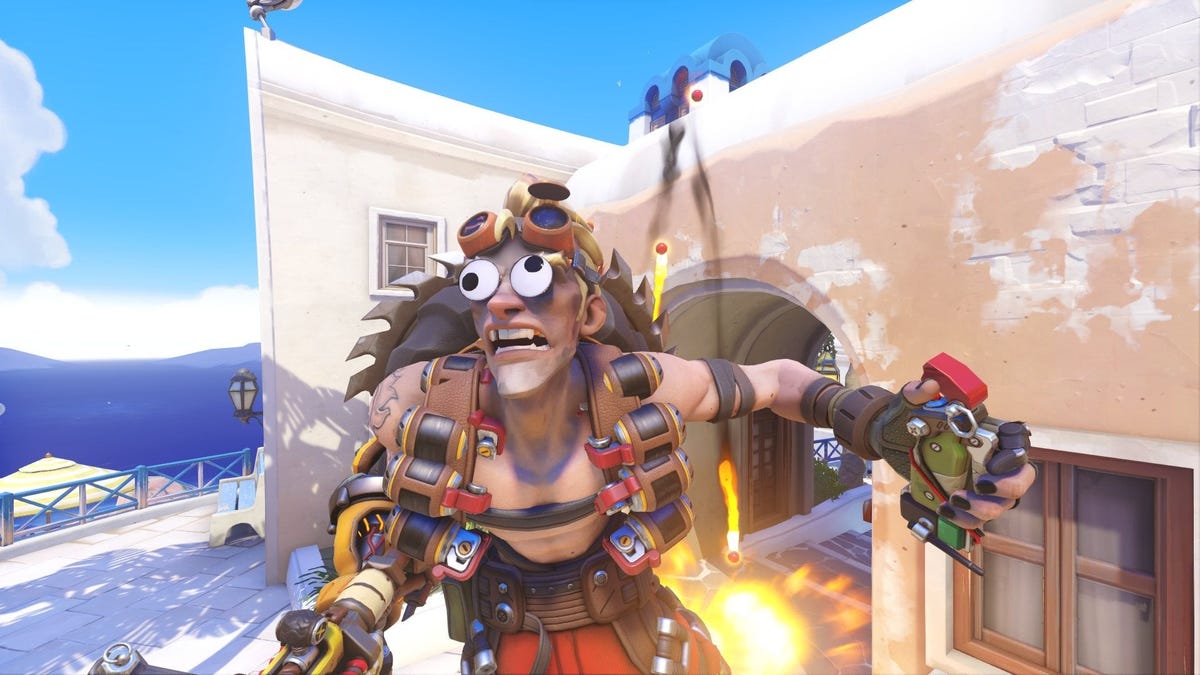




































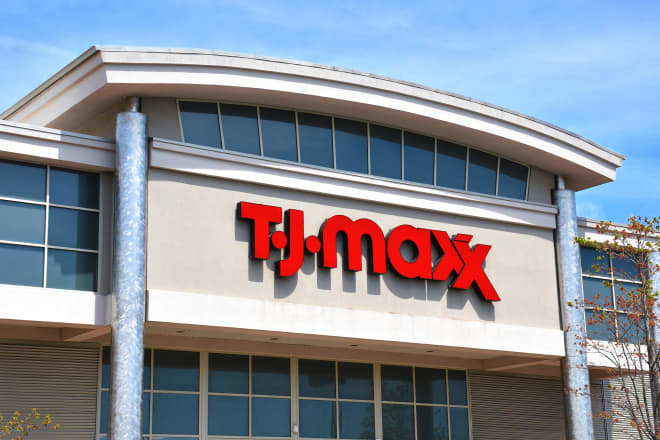


























































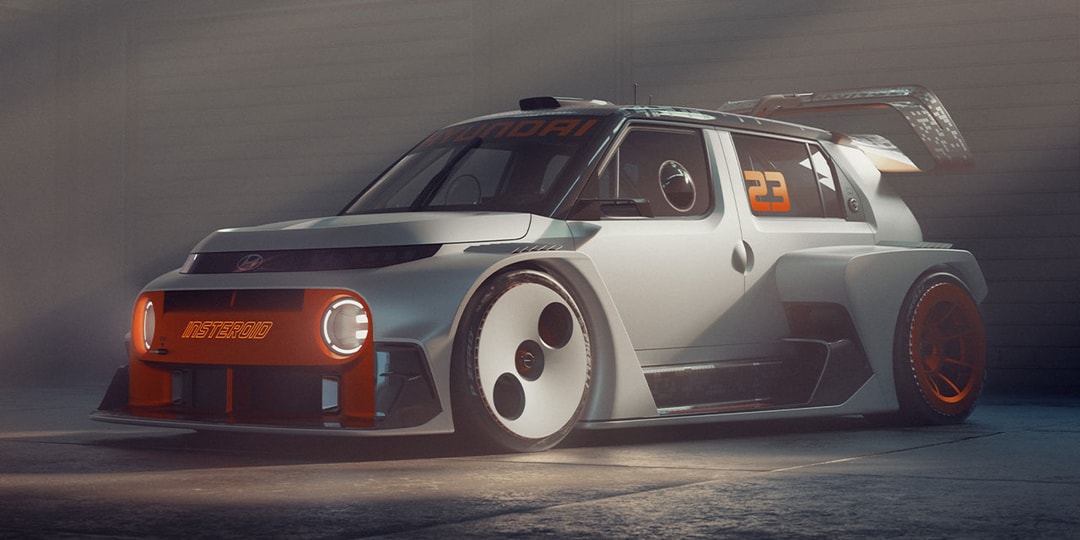

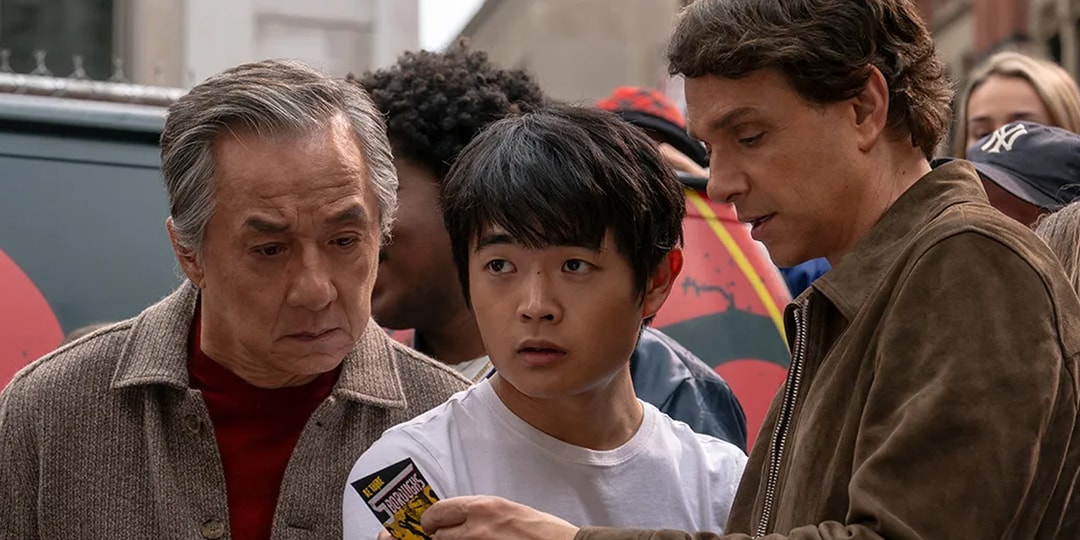








.jpg)




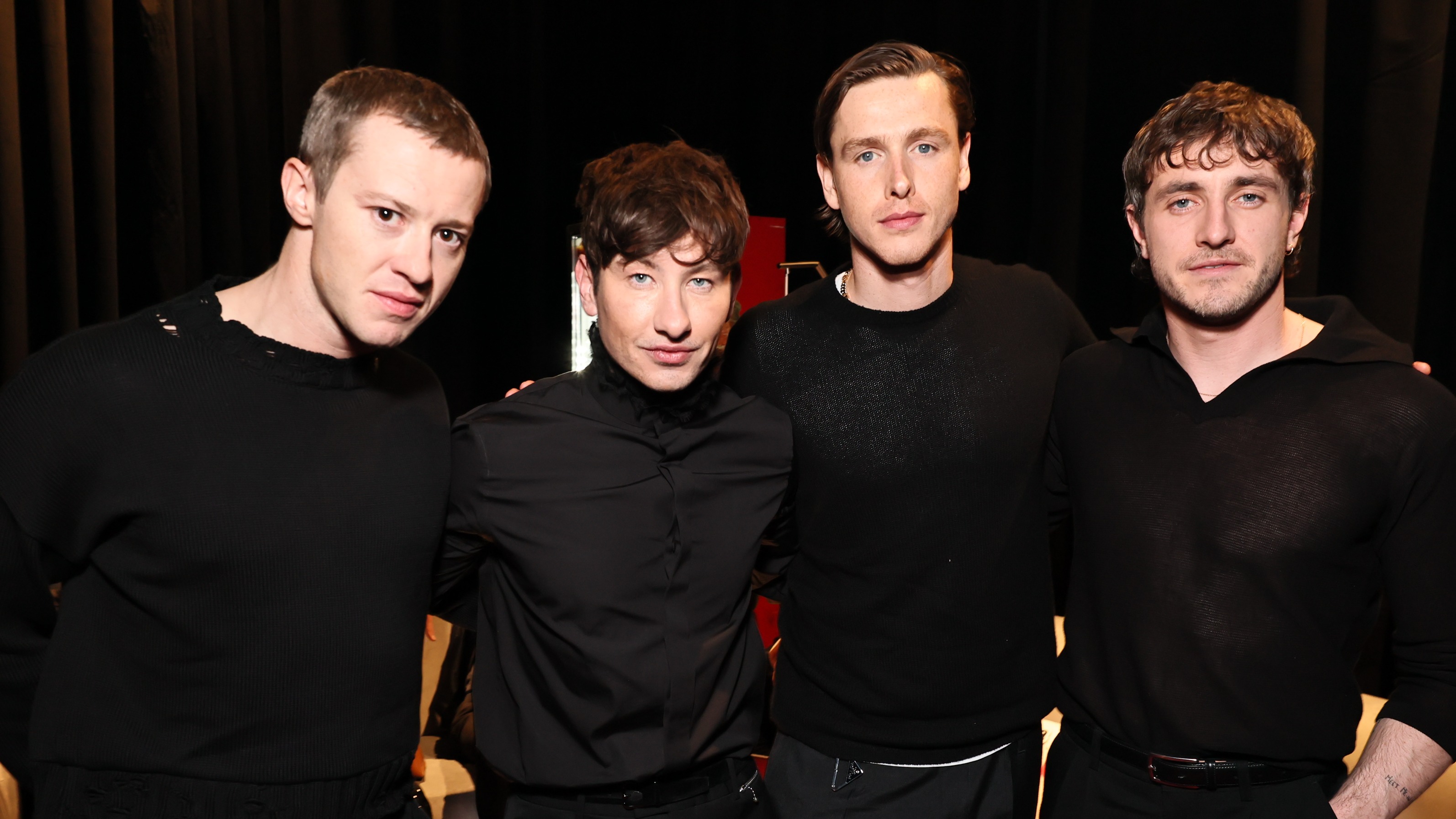
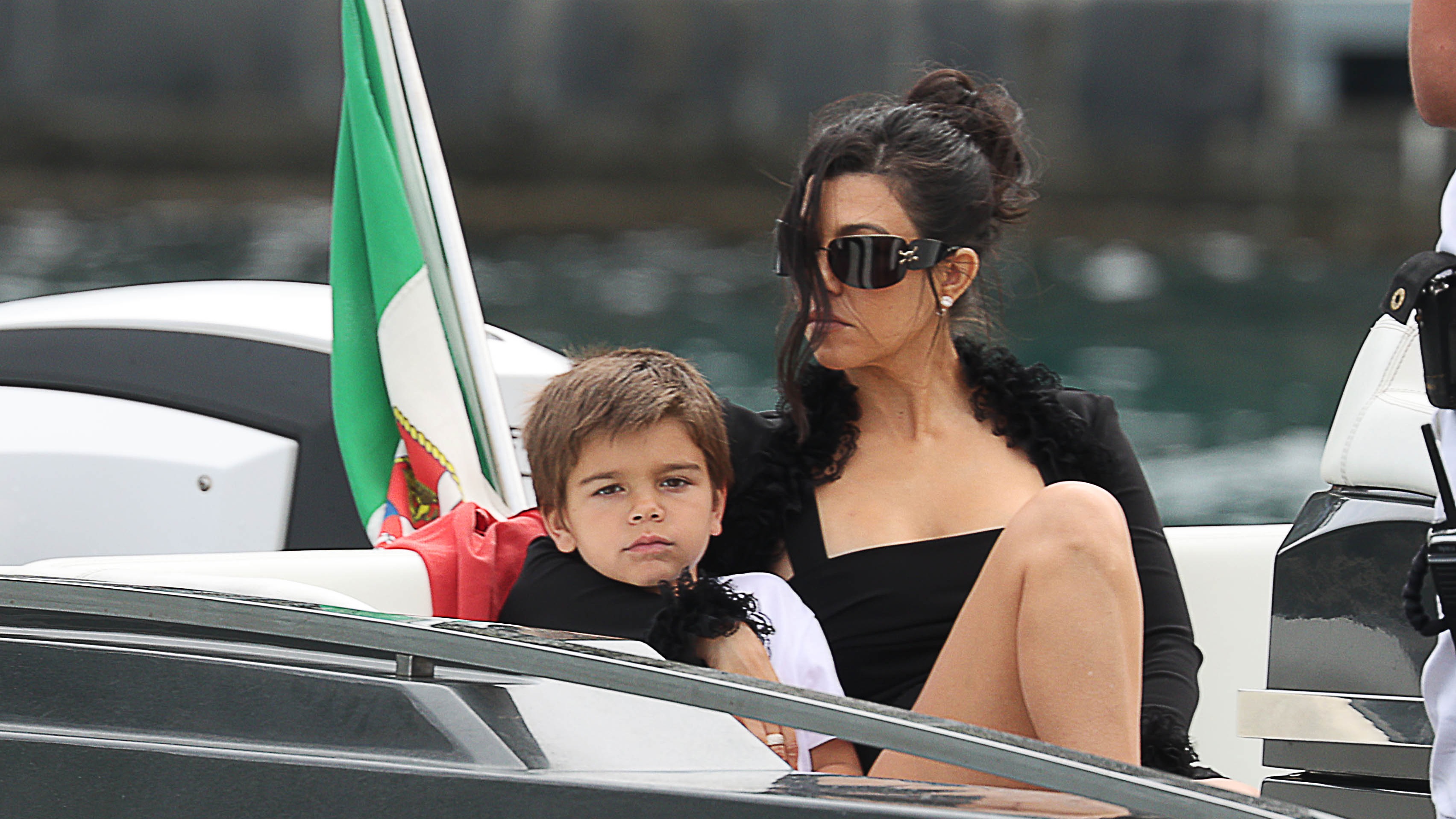







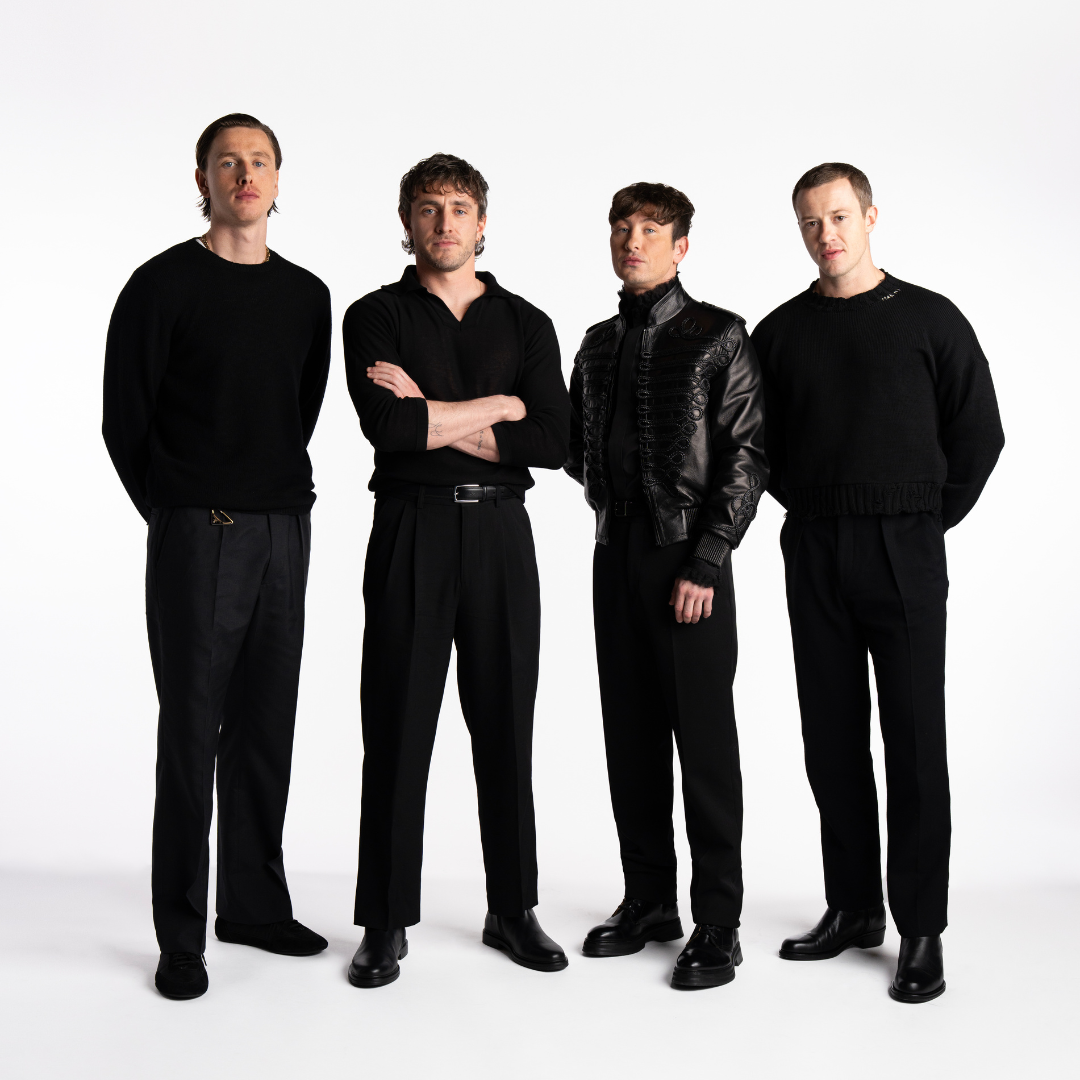










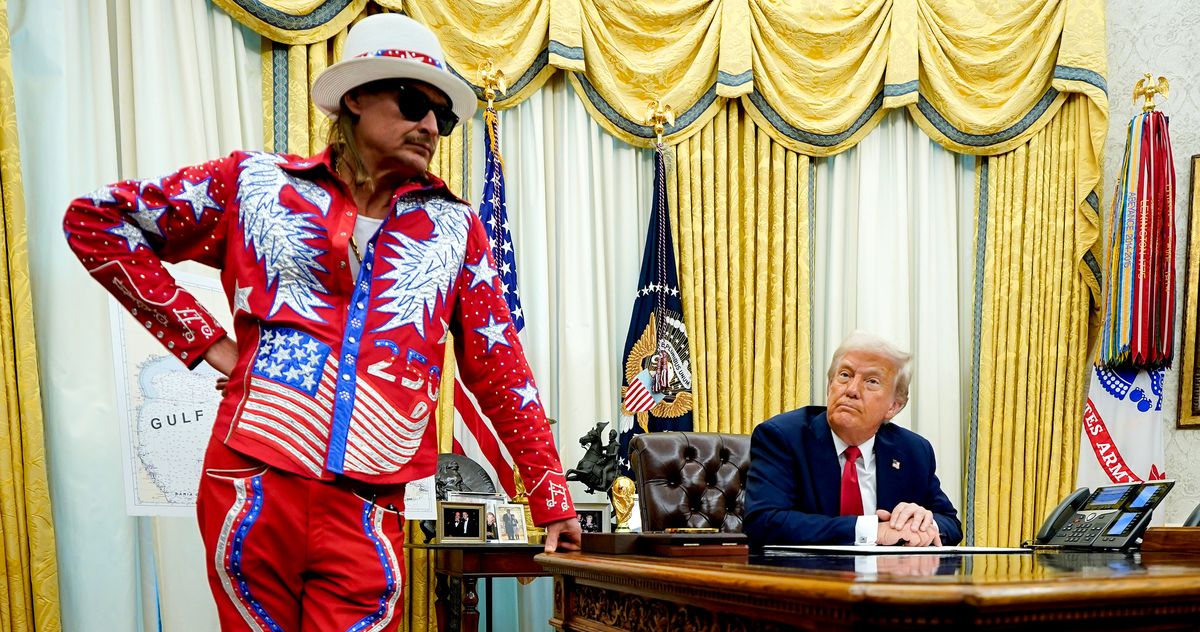
















































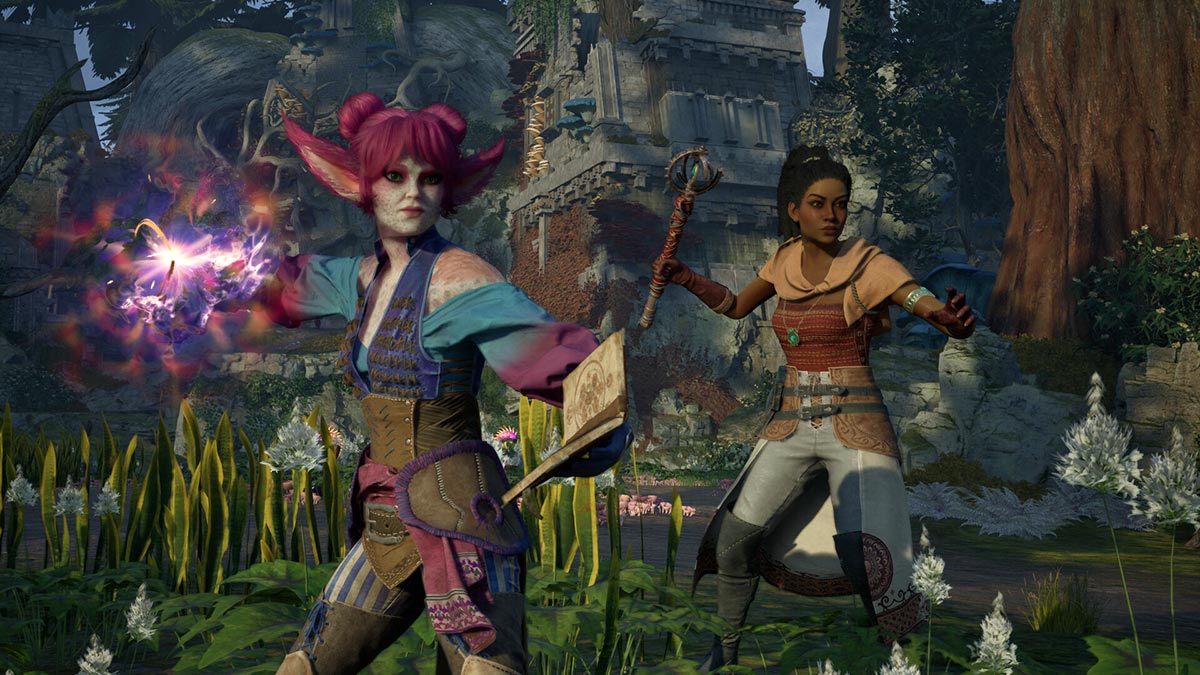
![How to Get Betrayer Trait in Verse Piece [Sukuna V2 Rerun]](https://www.destructoid.com/wp-content/uploads/2025/02/betrayer-trait-verse-piece.webp)
![Complete Verse Piece Artifact Guide & Tier List [Vergil Rerun] – How to Get & Use Artifacts](https://www.destructoid.com/wp-content/uploads/2025/02/verse-piece-artifacts-guide-tier-list.webp)


